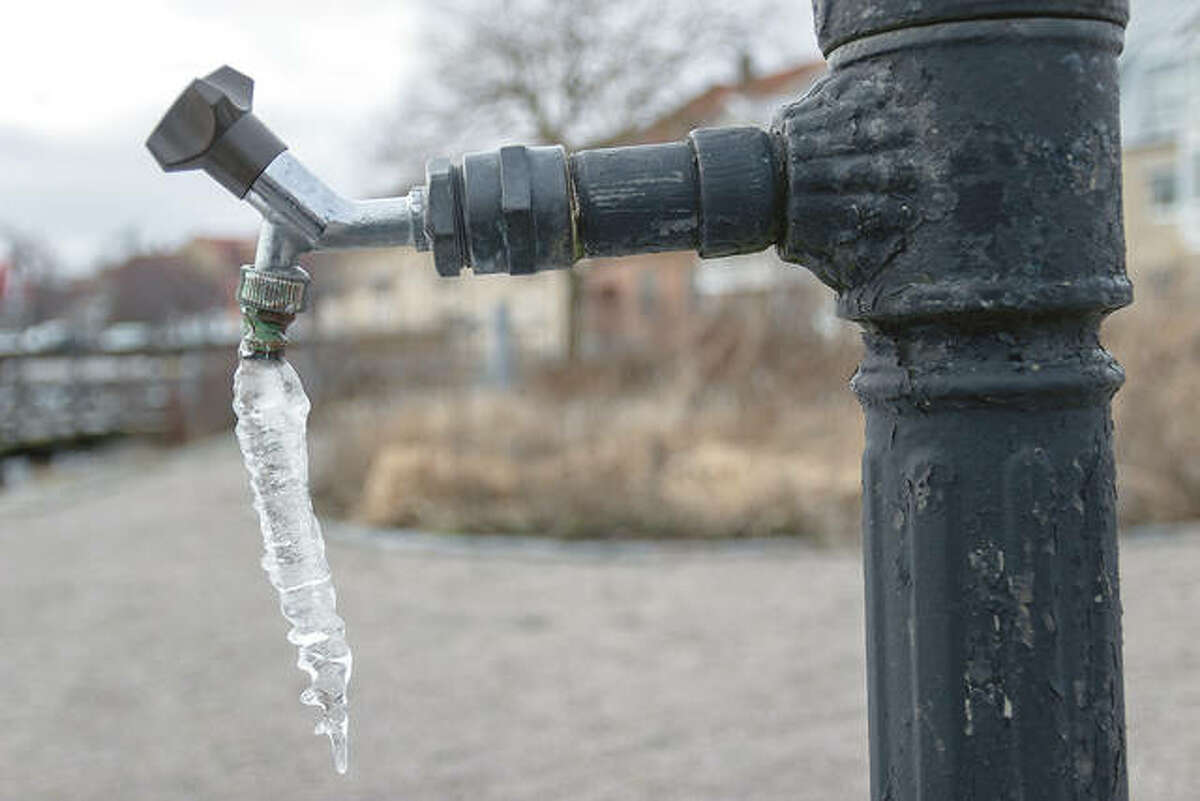Tips to Protect Pipes from Freezing Issues: Important Advice
Tips to Protect Pipes from Freezing Issues: Important Advice
Blog Article
This great article further down relating to Preventing and dealing with frozen pipes is fairly informative. Check it out yourself and decide what you think of it.

Cold weather can ruin your plumbing, specifically by freezing pipes. Below's just how to prevent it from taking place and what to do if it does.
Intro
As temperatures decline, the danger of icy pipes increases, potentially resulting in costly repair services and water damages. Comprehending exactly how to avoid frozen pipes is crucial for property owners in cold climates.
Avoidance Tips
Insulating at risk pipelines
Cover pipes in insulation sleeves or use heat tape to secure them from freezing temperature levels. Concentrate on pipes in unheated or external locations of the home.
Heating methods
Keep interior spaces properly heated up, especially areas with plumbing. Open closet doors to allow warm air to distribute around pipelines under sinks.
Exactly how to recognize frozen pipelines
Try to find reduced water circulation from faucets, uncommon odors or noises from pipelines, and noticeable frost on revealed pipelines.
Long-Term Solutions
Architectural adjustments
Think about rerouting pipes away from exterior wall surfaces or unheated areas. Include extra insulation to attics, basements, and crawl spaces.
Upgrading insulation
Purchase high-quality insulation for pipes, attics, and walls. Proper insulation assists preserve constant temperatures and lowers the risk of icy pipes.
Protecting Outside Pipes
Yard tubes and outside faucets
Separate and drain pipes yard hose pipes prior to winter. Set up frost-proof spigots or cover exterior taps with protected caps.
Recognizing Icy Pipelines
What triggers pipelines to freeze?
Pipes ice up when exposed to temperature levels below 32 ° F (0 ° C) for prolonged periods. As water inside the pipes ices up, it expands, putting pressure on the pipe walls and potentially causing them to rupture.
Dangers and problems
Frozen pipes can cause water supply interruptions, residential or commercial property damage, and expensive repair work. Ruptured pipelines can flooding homes and trigger extensive structural damage.
Indications of Frozen Piping
Recognizing frozen pipes early can avoid them from rupturing.
What to Do If Your Pipelines Freeze
Immediate activities to take
If you think icy pipelines, maintain taps available to soothe stress as the ice melts. Utilize a hairdryer or towels soaked in hot water to thaw pipelines slowly.
Conclusion
Preventing icy pipelines requires positive steps and fast actions. By comprehending the causes, indications, and preventive measures, home owners can safeguard their pipes throughout winter.
5 Ways to Prevent Frozen Pipes
Drain Outdoor Faucets and Disconnect Hoses
First, close the shut-off valve that controls the flow of water in the pipe to your outdoor faucet. Then, head outside to disconnect and drain your hose and open the outdoor faucet to allow the water to completely drain out of the line. Turn off the faucet when done. Finally, head back to the shut-off valve and drain the remaining water inside the pipe into a bucket or container. Additionally, if you have a home irrigation system, you should consider hiring an expert to clear the system of water each year.
Insulate Pipes
One of the best and most cost-effective methods for preventing frozen water pipes is to wrap your pipes with insulation. This is especially important for areas in your home that aren’t exposed to heat, such as an attic. We suggest using foam sleeves, which can typically be found at your local hardware store.
Keep Heat Running at 65
Your pipes are located inside your walls, and the temperature there is much colder than the rest of the house. To prevent your pipes from freezing, The Insurance Information Institute suggests that you keep your home heated to at least 65 degrees, even when traveling. You may want to invest in smart devices that can keep an eye on the temperature in your home while you’re away.
Leave Water Dripping
Moving water — even a small trickle — can prevent ice from forming inside your pipes. When freezing temps are imminent, start a drip of water from all faucets that serve exposed pipes. Leaving a few faucets running will also help relieve pressure inside the pipes and help prevent a rupture if the water inside freezes.
Open Cupboard Doors
Warm your kitchen and bathroom pipes by opening cupboards and vanities. You should also leave your interior doors ajar to help warm air circulate evenly throughout your home.

Hopefully you enjoyed our topic on Prevent Frozen Pipes . Thanks for spending some time to browse our posting. Feel free to take the opportunity to share this entry if you enjoyed it. Thank-you for going through it.
Call Today Report this page